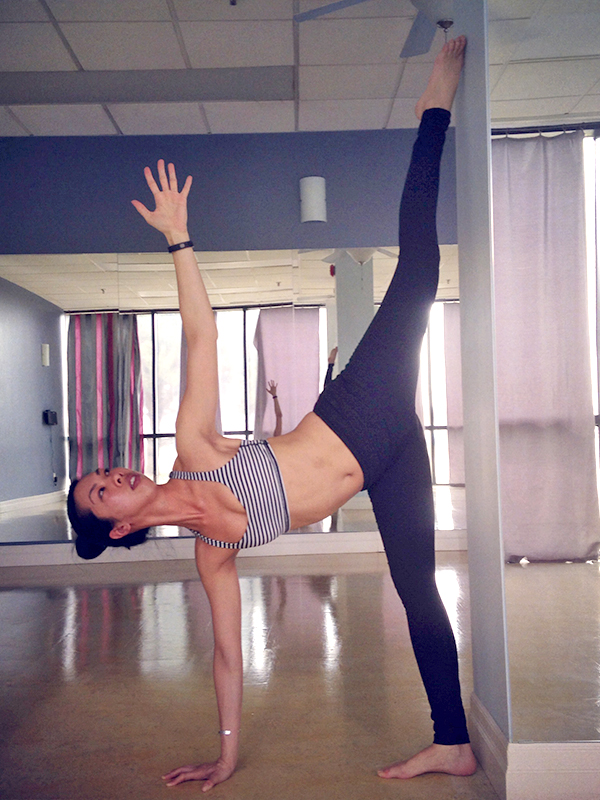Yoga unites the mind, body and spirit. It’s a comprehensive full-body workout. It reduces stress by lowering the stress hormone, cortisol. But you probably knew that already. What you may not know is that yoga is a powerful tool in physiotherapy and injury prevention.
Physiotherapy
Every year, yoga is increasingly included into the practice of traditional physiotherapy. Where traditional physiotherapy can merely focus on one area or muscle at a time, a single yoga pose can target several at once, not only improving range of motion to the injury but strengthening everything connected to it as well. Yoga is known for its ability to deliver long, lean muscles through regular practice, but this is only a byproduct of the physiotherapy that is achieved by the entire body.
Strength
It’s a common misconception that yoga only involves stretching and meditation. Yoga is actually the deepening of flexibility while building strength. Through utilizing the body’s own weight as resistance, yoga strengthens and delivers long, lean muscles while increasing flexibility. Through simultaneously stretching and strengthening, yoga targets the entire body equally and nurtures muscles and joints that are otherwise left unattended. This is where yoga’s true power as a physiotherapy lies.
Your Joints
Through yoga’s stretches and twists, joints open and allow toxins to flush out of soft tissues residing between the joints. This encourages nutrients to flow into those soft tissues. According to Yoga Journal’s Doctor Timothy McCall, “joint cartilage acts like a sponge. Cartilage only receives fresh nutrients when used toxins are squeezed out.” The practice of yoga successfully opens and squeezes cartilage that is often neglected in other workouts and sports. Conversely, continued joint compression, especially in athletes, can lead to worn down cartilage, resulting in major injuries as well as arthritis.
Twisting poses not only aid in joint compression, they serve as a sort of massage to the internal organs and can actually wring out toxins, cleanse and increase healthy blood flow. This also increases the drainage of the lymphatic system, which decreases bloating when Mother Nature visits while keeping the immune system healthy.
Flexibility and Injury Prevention
Contrary to popular belief, strong and toned muscles can also be in need of a tune up. Athletes, runners and cyclists in particular, build tight muscles that often require increased stretching and range of motion, especially in the hip flexors and glutes. Tightness in this area consequently leads to tightening of the hamstrings and lower back and can radiate even further. Yoga takes the hips through their full range of motion (and increases range of motion), which inevitably releases tightness and tension in the hamstrings and back. This is one of the reasons yoga is such a beneficial tool in pain relief. Increased flexibility in the hips not only relieves painful, stiff muscles, it aids in realigning the hips. Increased flexibility and proper alignment in the hips radiates down the thigh and into the shin bone, which can inevitably heal shin splints and repair or prevent pulled muscles.
Due to yoga’s ability to utilize the entire body, the therapeutic benefits are virtually endless. As you continue to sculpt that body into bathing suit shape, don’t forget to implement yoga into your workout routine to prevent injury, nurture your joints and keep your muscles healthy. The lean, supple body that results from your practice will merely be that added bonus to all the therapeutic rewards this summer.











